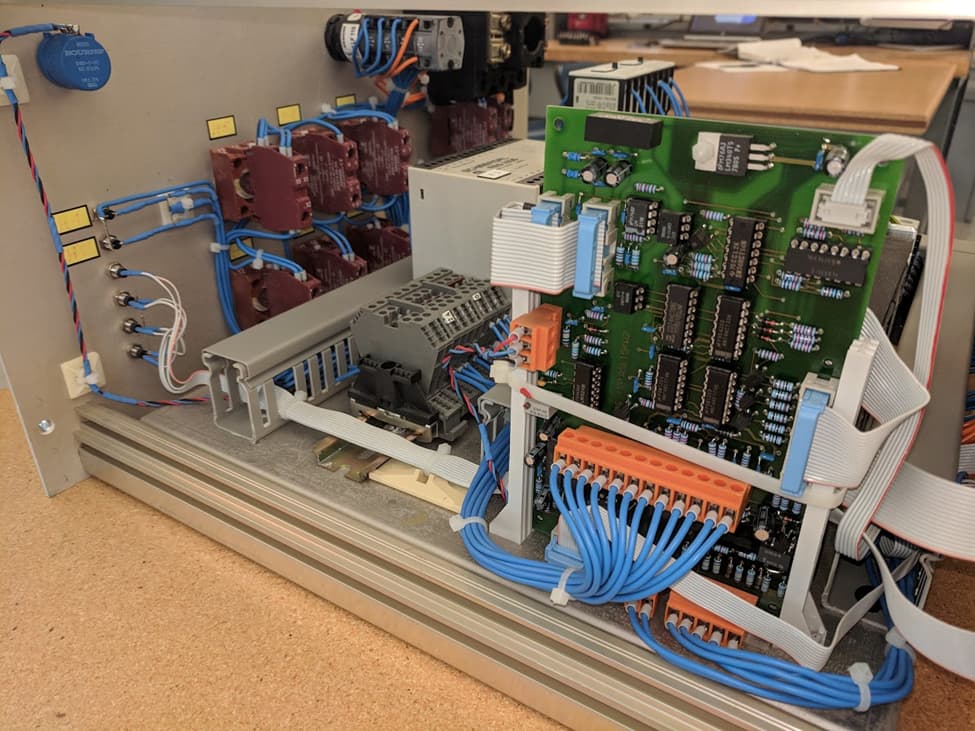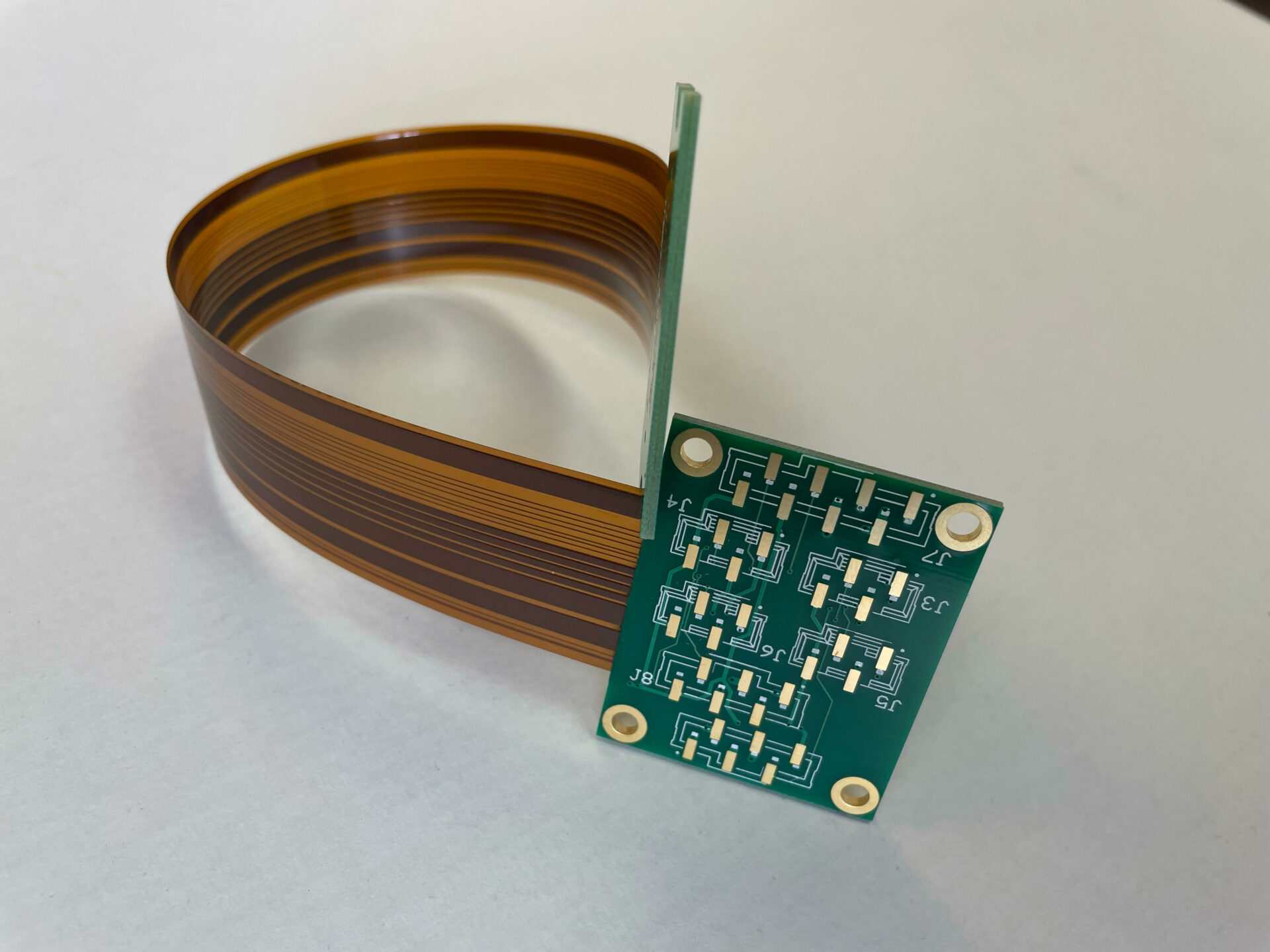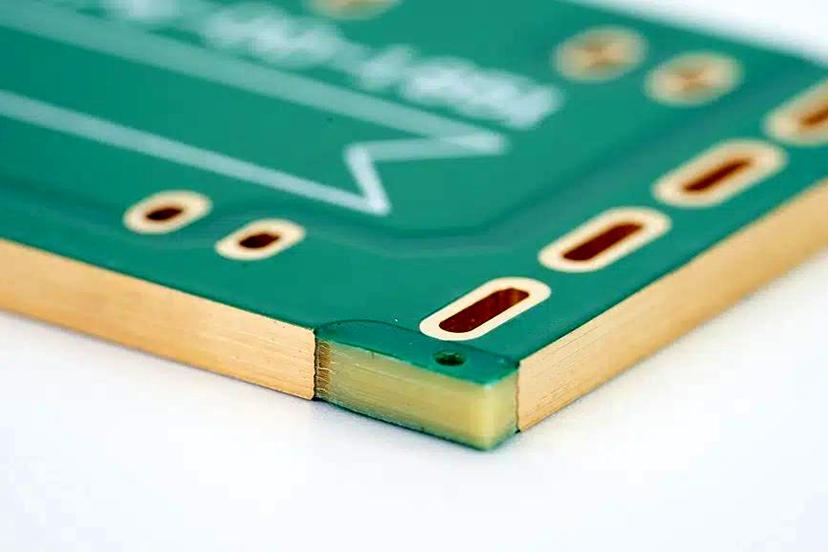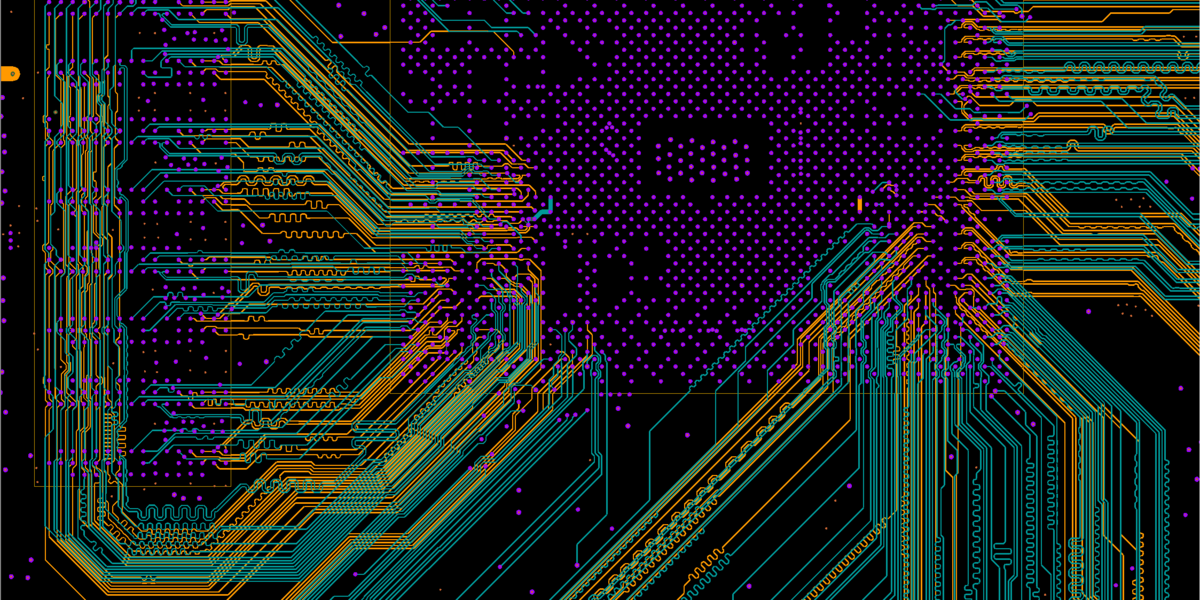In the fast-paced world of industrial automation, reliable and high-performing printed circuit boards (PCBs) are the backbone of modern control systems. Whether you're designing systems for factory automation, process control, or robotics, choosing the right PCB can make or break your project. For industrial automation and control, Rigid-Flex PCBs and Heavy Copper PCBs stand out as top solutions due to their durability, flexibility, and ability to handle demanding environments.
In this blog, we’ll dive deep into why PCBs are critical for industrial automation, explore the benefits of Rigid-Flex and Heavy Copper designs, and provide actionable insights to help engineers and manufacturers make informed decisions. Let’s uncover how these technologies drive efficiency and reliability in industrial settings.
Why PCBs Are Essential for Industrial Automation and Control
Industrial automation and control systems rely on PCBs to manage complex operations, from controlling machinery on a factory floor to monitoring sensors in harsh environments. These systems demand precision, durability, and the ability to withstand extreme conditions like high temperatures, vibrations, and contamination. PCBs act as the central hub, connecting components and ensuring seamless communication between devices.
Unlike consumer electronics, industrial applications often require customized boards that can endure long-term stress without failure. A single PCB failure in an automated assembly line could halt production, costing thousands of dollars per hour in downtime. This is why selecting the right PCB type is crucial for maintaining uptime and efficiency.

Key Challenges in Industrial Automation PCB Design
Designing PCBs for industrial automation comes with unique challenges. These systems often operate in tough conditions, so the boards must be engineered to handle:
- Extreme Temperatures: Industrial environments can range from freezing cold to scorching heat, sometimes fluctuating between -40°C to 85°C. PCBs must maintain performance without cracking or degrading.
- Vibration and Shock: Machinery vibrations can loosen components or damage traces. Boards need robust construction to prevent failures.
- High Power Demands: Many industrial systems require high current, which generates heat. PCBs must dissipate this heat effectively to avoid overheating.
- Signal Integrity: Precise control systems depend on clean signals. Impedance mismatches or noise can disrupt operations, so boards often need controlled impedance, typically around 50 ohms for high-speed signals.
Addressing these challenges requires specialized PCB designs tailored to the specific needs of industrial automation. This is where Rigid-Flex PCBs and Heavy Copper PCBs come into play.
Rigid-Flex PCBs: Combining Strength and Flexibility for Industrial Automation
Rigid-Flex PCBs are a hybrid solution that combines the stability of rigid boards with the adaptability of flexible circuits. These boards are ideal for industrial automation and control systems where space is limited, and complex designs are needed.
Benefits of Rigid-Flex PCBs in Industrial Settings
- Space Efficiency: Rigid-Flex PCBs can fold and bend, fitting into tight spaces without sacrificing functionality. This is especially useful in compact control units or robotic systems where every millimeter counts.
- Reduced Weight: By eliminating the need for additional connectors and cables, these boards reduce the overall weight of the system, which is critical for portable or mobile industrial equipment.
- Enhanced Reliability: With fewer connection points, there’s less risk of failure due to loose connectors or broken wires, even under constant vibration.
- Durability in Harsh Conditions: Rigid-Flex PCBs can be designed with materials that resist temperature swings and chemical exposure, making them suitable for harsh factory environments.
Applications of Rigid-Flex PCBs in Industrial Automation
Rigid-Flex PCBs shine in applications like:
- Robotic Arms: These systems need flexible circuits to handle constant movement while maintaining signal integrity.
- Control Panels: Compact designs allow for intricate layouts in limited spaces.
- Sensor Modules: Sensors in industrial settings often require flexible connections to adapt to unique mounting positions.

Heavy Copper PCBs: Powering High-Current Industrial Systems
Heavy Copper PCBs are designed with thicker copper layers, typically ranging from 3 oz/ft2 to 20 oz/ft2, compared to the standard 1 oz/ft2 in regular boards. This increased copper thickness makes them perfect for industrial automation systems that demand high power and heat dissipation.
Advantages of Heavy Copper PCBs for Industrial Control
- High Current Capacity: These boards can handle currents up to 100 amps or more, supporting power-hungry industrial machinery without overheating.
- Superior Heat Dissipation: Thicker copper acts as a natural heat sink, pulling heat away from critical components and extending the lifespan of the board.
- Mechanical Strength: The added copper thickness provides extra durability, making these boards resistant to physical stress and thermal cycling.
- Long-Term Reliability: Heavy Copper PCBs are less prone to trace damage, ensuring consistent performance over years of operation in demanding environments.
Applications of Heavy Copper PCBs in Industrial Automation
Heavy Copper PCBs are widely used in:
- Power Supply Units: Industrial systems often require stable, high-current power supplies, and these boards ensure efficient energy delivery.
- Motor Controllers: Heavy Copper PCBs manage the high currents needed to drive large motors in automated production lines.
- Energy Management Systems: They support uninterrupted power flow in systems that monitor and control energy usage in industrial plants.

How to Choose the Right PCB for Your Industrial Automation Project
Selecting the right PCB for industrial automation and control depends on several factors. Here’s a step-by-step guide to help you decide between Rigid-Flex PCBs, Heavy Copper PCBs, or other options:
- Assess Environmental Conditions: Will the PCB operate in extreme heat, cold, or high-vibration settings? Rigid-Flex PCBs are often better for dynamic environments, while Heavy Copper excels in high-heat, high-power scenarios.
- Determine Power Requirements: If your system needs to handle currents above 10 amps, Heavy Copper PCBs are likely the best choice due to their capacity and heat management.
- Consider Space Constraints: For compact or complex designs, Rigid-Flex PCBs offer the flexibility to fit into tight spaces without compromising reliability.
- Evaluate Signal Needs: High-speed control systems may require precise impedance control, often around 50 ohms, to maintain signal integrity. Ensure your PCB design supports this.
- Plan for Longevity: Industrial systems often run 24/7. Opt for boards with proven durability and robust materials to minimize maintenance and replacement costs.
By carefully analyzing these factors, you can select a PCB that aligns with your project’s specific needs, ensuring optimal performance and reliability.
Design Tips for Industrial Automation PCBs
Creating a PCB for industrial automation requires attention to detail. Here are some practical tips to enhance performance and durability:
- Use High-Quality Materials: Choose substrates like FR-4 or polyimide that can withstand temperature extremes and chemical exposure.
- Optimize Trace Widths: For high-current applications, wider traces (e.g., 0.5 mm or more) reduce resistance and heat buildup.
- Incorporate Thermal Vias: Adding thermal vias helps dissipate heat in Heavy Copper designs, preventing hot spots.
- Minimize Connection Points: In Rigid-Flex designs, reduce the number of connectors to lower failure risks under vibration.
- Test for Signal Integrity: Use simulation tools to verify impedance values and ensure clean signal transmission, especially for high-speed control systems.

Future Trends in PCBs for Industrial Automation and Control
The field of industrial automation is evolving rapidly, and PCB technology is keeping pace. Here are some emerging trends to watch:
- Integration of IoT: As factories adopt smart technologies, PCBs will need to support IoT connectivity with embedded sensors and wireless modules.
- Miniaturization: The push for smaller, more efficient systems will drive demand for compact Rigid-Flex designs.
- Higher Power Densities: As industrial systems become more powerful, Heavy Copper PCBs will play a larger role in managing increased current and heat.
- Sustainability: Manufacturers are focusing on eco-friendly materials and processes to reduce the environmental impact of PCB production.
Staying ahead of these trends can give your industrial automation projects a competitive edge, ensuring they’re ready for the future.
Conclusion: Powering Industrial Automation with the Right PCBs
PCBs are the heart of industrial automation and control systems, enabling precision, efficiency, and reliability in even the harshest environments. Rigid-Flex PCBs offer the flexibility and durability needed for compact, dynamic applications, while Heavy Copper PCBs provide the power capacity and heat management required for high-current systems. By understanding the unique benefits of each type and following best practices in design, engineers can build automation solutions that stand the test of time.
At ALLPCB, we’re committed to delivering high-quality PCB solutions tailored to the demands of industrial automation. Whether you need a custom Rigid-Flex design or a robust Heavy Copper board, our expertise ensures your project succeeds. Let’s build the future of automation together with PCBs that power performance and reliability.
 ALLPCB
ALLPCB







